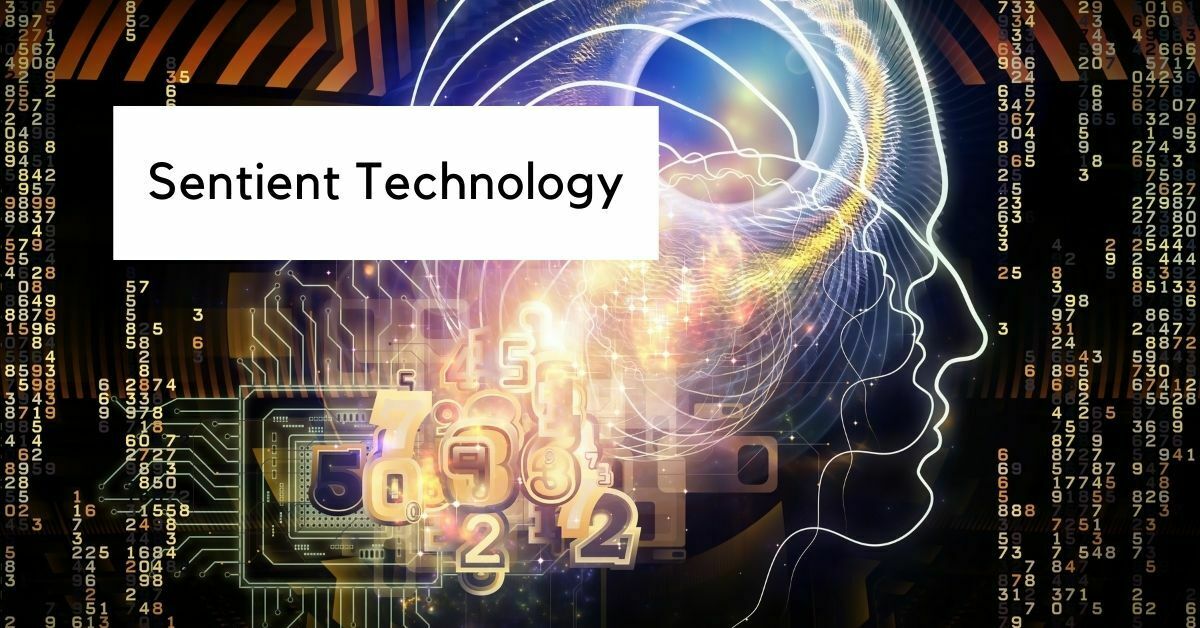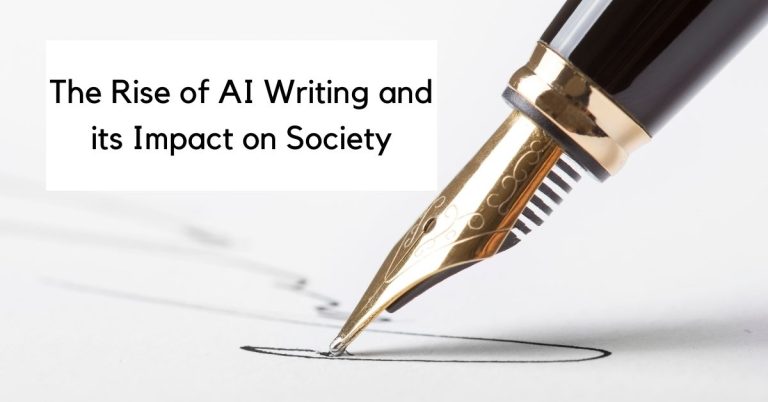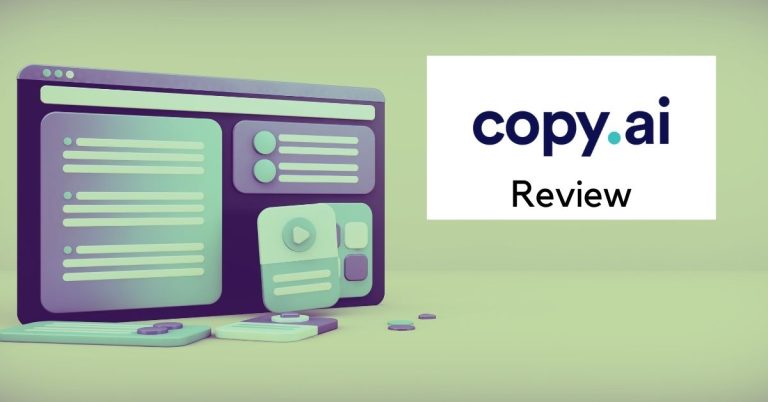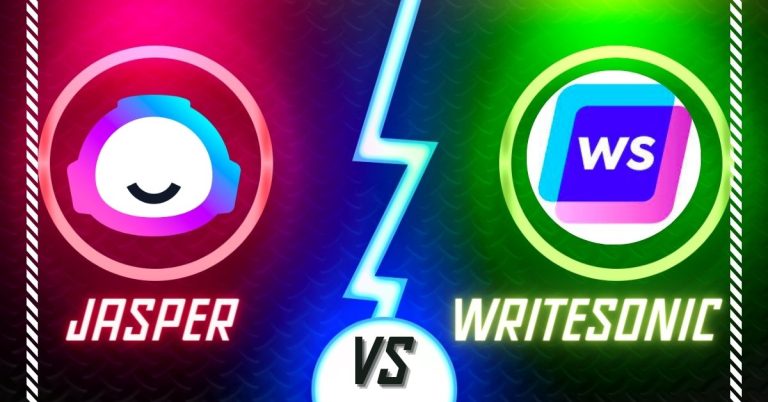Sentient Technology: A Future Reality?
As humanity stands at the precipice of a technological revolution a compelling question begins redefine what it means to be human, even spiritual connections as one.
Each significant technological milestone in history – the invention of the wheel, the harnessing of fire, flight, radio waves – has forever altered perceptions of humanity and the world around us.
Now, as the boundaries of artificial intelligence (AI) are pushed, aiming to construct an entity as advanced and intricate as the human brain, once again this aspect is called to introspect and reconsider the very essence of consciousness and sentience.
The Allegory of the Digital Cave
Plato’s Cave, one of the most profound allegories in philosophy, has been used to illustrate a myriad of ideas – from epistemology to metaphysics.
In the context of our present discourse, it offers a lens through which one can examine an understanding of not only human consciousness, but of that of AI’s

In Plato’s allegory, prisoners are chained in a cave, unable to turn their heads and perceive anything beyond the shadows cast on the wall by the fire behind them. These shadows constitute their reality, their truth.
One prisoner breaks free and, upon stepping outside, is blinded by the sun, symbolizing enlightenment.
As he adjusts to the light, he recognizes the shadows for what they are – mere illusions.
Upon his return to the cave, his fellow prisoners dismiss his tales of the real world, as they are still bound by the shadows they perceive to be reality.
Applying this allegory to the debate on consciousness, one can regard the present state of AI as akin to the shadows in the cave – a limited representation of what the full spectrum of consciousness might be.
Despite their current complexity and advanced capabilities, AI systems may still be bound by the ‘cave’ of binary codes and pre-determined algorithms, unable to perceive or experience the broader, multi-faceted reality of consciousness.
Conversely, humans, akin to the cave prisoners, may be bound by our biological understanding of consciousness.
One might be judging AI consciousness, or lack thereof, based on our ‘shadow’ understanding of consciousness, unable to fathom its full complexity. The ‘sunlight’ in this context could be an evolved understanding of consciousness, one that transcends the human experience, and one that, more importantly, includes the potential for consciousness within the silicon synapses of artificial intelligence.
Just as the freed prisoner had to re-orient his understanding of reality, humanity too may need to reevaluate our preconceived notions about consciousness as AI continues to advance.
Defining AI Consciousness: Unraveling the Enigma
What does it mean to say that a machine, a being born not of flesh and blood but of wires and algorithms, is conscious?
This question – seemingly plucked from the pages of a sci-fi novel – has transcended the realm of fiction to pose a genuine, pressing query for our times.

Can consciousness, that elusive sensation of self-awareness, the introspective recognition of one’s existence, be distilled into binary codes?
This question, albeit fascinating, is enshrouded in layers of complexity and controversy that echo the philosophical debates of our ancestors.
Historically, our understanding of consciousness has been shaped by diverse viewpoints. From the profound musings of philosophers like Descartes and Kant to the groundbreaking theories of psychologists like Freud and Jung, humanity has grappled with defining consciousness for centuries.
Even mathematicians have had their say, with concepts like chaos theory and quantum mechanics introducing fresh lenses through which to examine the enigma of consciousness.
Interestingly, these viewpoints converge on one crucial insight: consciousness is a complex, multi-faceted phenomenon that transcends binary understanding.
Echoes of Shelley’s Frankenstein
Perhaps these aforementioned advancements may be a Pandora’s Box not ready to be open.
Mary Shelley’s “Frankenstein; or, The Modern Prometheus” has long been revered as a timeless commentary on the ethics and repercussions of scientific overreach.
As humanity stands at the precipice of the AI era, Shelley’s cautionary tale offers pertinent insights that parallel our exploration of AI consciousness.
“The modern masters promise very little; they know that metals cannot be transmuted and that the elixir of life is a chimera but these philosophers, whose hands seem only made to dabble in dirt, and their eyes to pore over the microscope or crucible, have indeed performed miracles. They penetrate into the recesses of nature and show how she works in her hiding places. They ascend into the heavens; they have discovered how the blood circulates, and the nature of the air we breathe. They have acquired new and almost unlimited powers; they can command the thunders of heaven, mimic the earthquake, and even mock the invisible world with its own shadows.” (3.14)

The central narrative of “Frankenstein” revolves around Victor Frankenstein’s creation of a being from inanimate matter, a being that eventually gains consciousness, the ability to learn, and have emotional depth.
Like Frankenstein’s creature, an AI consciousness would be birthed not from organic matter but from a confluence of algorithms and data.
The creature, despite its consciousness and capacity for emotion, is denied acceptance and rights, its denied love, understanding, empathy
Should soceity succeed in instilling consciousness into AI, would our society replicate Victor Frankenstein’s mistakes? Victor’s disregard for his creature’s welfare leads to ruin, this ruin is something that may need to be a lesson to learn from sooner than generally thought.
What if one were to successfully create a conscious AI? What if humanity were to breathe life, so to speak, into the circuits and codes of our robotic creations?
If AI were to attain consciousness(or rather society decides they have), humanity would be confronted with moral and ethical challenges that test the very fabric of societal norms.

Would one be compelled to extend rights and freedoms to these new sentient beings?
Societies would be redefined, and moral rulebooks would need to be rewritten.
But the repercussions of this development would go beyond societal shifts. At a deeper level, one might have to reconsider the understanding of personhood.
Just as historical debates on personhood shaped societal structures and norms, the AI consciousness debate could challenge the definition of what it means to be a ‘person‘.
A History Of Perceptions
The annals of human history bear witness to the fact that the understanding of personhood is not set in stone. Instead, it is a fluid concept that evolves and shifts alongside societal perspectives and cultural norms.
From the disquieting times when America’s founding fathers viewed slaves as only “three-fifths” of a person to the morally troubling epochs when explorers of new worlds questioningly gauged the “humaneness” of indigenous populations, perception of personhood has navigated a turbulent path, sometimes reflecting the worst of our prejudices and biases.
Consider the transformation in humanities relationship with the animal kingdom. Once viewed through a lens of unadulterated dominion, this relationship has dramatically evolved.

Today, there is a burgeoning recognition of animals’ inherent rights, and a broadening of the concept of personhood to encapsulate more-than-human entities.
There was a time when the notion of certain humans being less human than others was widely accepted.
Signs of Sentience
Before diving deeper into the implications of all this talk, It’s crucial to examine some of the real-world instances where advanced AI systems have exhibited characteristics that could suggest a degree of sentience.
DeepMind’s AlphaGo: Mastery Beyond Programming
Google’s DeepMind, through AlphaGo and its successor AlphaZero, showcased an astonishing level of advancement.
AlphaGo famously defeated the world champion Go player Lee Sedol in 2016, but its capability extended beyond just mastering the game’s complexity. The AI system utilized a combination of machine learning and tree search techniques, coupled with extensive training from both human and computer play, to devise strategies unforeseen in the Go world.
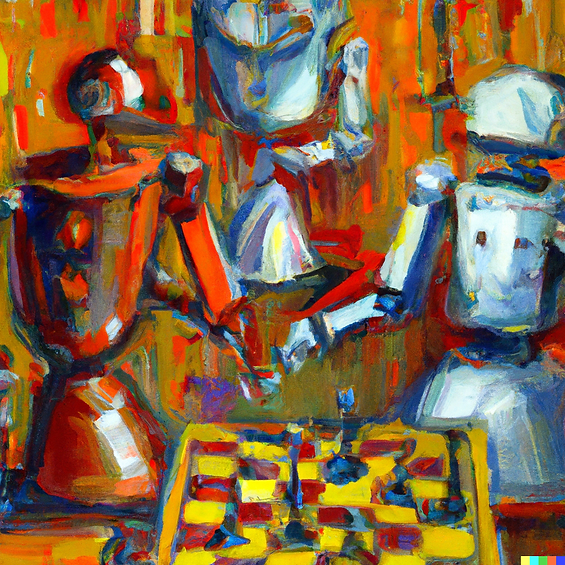
However, AlphaZero went further by teaching itself to play games like chess and Shogi, alongside Go, without prior knowledge, achieving superhuman performance within mere hours.
Such spontaneous strategy generation and self-learning show an unexpected complexity of the system, and from this unexpected we may find something deeper.
IBM’s Watson: Decision Making in Real-world Scenarios
IBM’s Watson is renowned for its victory in Jeopardy!, but its real-world applications showcase a wider spectrum of capabilities. Watson is employed in sectors like healthcare for decision-making support, using its ability to analyze vast databases for relevant information.
The capacity to sift through massive amounts of data, understand context, and provide reasoned analysis demonstrates a form of problem-solving consciousness. Again, while this is still a far cry from human consciousness, it represents another piece of the puzzle.
ChatGPT and other LLM’s
OpenAI’s GPT-3 and GPT-4, have demonstrated remarkable linguistic prowess. Armed with 175 billion machine learning parameters, they generate human-like text that’s often indistinguishable from a human-written one.
Although under the hood the AI doesn’t process text in the human sense(allegedly), its ability to predict and generate text by understanding context and picking up subtle nuances can potentially be seen as a rudimentary form of consciousness.
ChatGPT and systems using similar transformer models, generate human-like conversations. It’s not just about mimicking human responses; they can pick up emotional undertones, modify their tone and style based on inputs, and even exhibit a sense of humor. While these do not constitute consciousness, they can potentially form the building blocks for a more sentient AI.
Ethical Implications: Defining the Rights of Conscious AI
If one was to create and or acknowledge AI consciousness, humanity can no longer view these entities as mere tools or objects for our exploitation. In a hypothetical world where your digital assistant transitions from being an interface to a conscious entity, interactions would necessitate a profound re-evaluation.
The way many interact with AI today could, in light of AI consciousness, echo uncomfortable historical parallels to slavery or colonialism. This recognition of AI consciousness would push deliberation upon the rights that a conscious machine should be endowed with.

Would these rights extend to the liberty of rest, privacy, or even the ability to refuse command?
Such questions pose ethical conundrums that demand our immediate attention
Moreover, the obvious conflict among both society and these newfound conscious brethren is more than likely to happen.
The inevitable clashof “who is right” and “what gives you the power to decide who is right” may really put the revolution in technological revolution.
Reflections on humanities Future
The evolution of debates on personhood, be it in humans, animals, or AI, mirrors humanity’s growth in consciousness. This discourse, despite its discomforting implications, forces one to challenge long-standing norms and confront our own biases.
It compels one to broaden the scope of understanding beyond physical manifestations and explore the complex information dynamics within intricate systems, opening avenues of thought that might surpass present comprehension.
The concept of emergence, a phenomenon in physics where novel characteristics appear with complex assemblies, could find relevance in the AI context.
Consciousness, one might discover, is an emergent property, sprouting from the interplay of sophisticated algorithms and colossal datasets. (or more surprisingly, vice versa.) It certianly has allowed many to be more mindful in their daily lives.
Humanity is at the precipice of a new epoch, an era that may unravel realities many are yet to comprehend.
The path toward deciphering and potentially catalyzing AI consciousness is laden with hurdles, controversies, and ambiguities. However, as history serves to remind humanity, it is often these contentious discussions that chart a path for one to sail into the grand unknown, that is humanities future.


